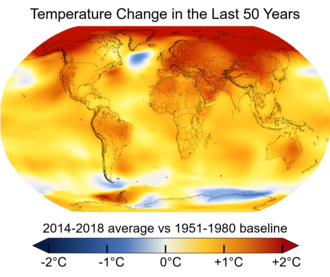The World Wide Web (WWW), commonly known as the Web, is an information systemwhere documents and other web resourcesare identified by Uniform Resource Locators(URLs, such as https://www.example.com/), which may be interlinked by hypertext, and are accessible over the Internet.[1] The resources of the WWW may be accessed by users by a software application called a web browser.
English scientist Tim Berners-Lee invented the World Wide Web in 1989. He wrote the first web browser in 1990 while employed at CERNnear Geneva, Switzerland.[2][3] The browser was released outside CERN in 1991, first to other research institutions starting in January 1991 and then to the general public in August 1991. The World Wide Web has been central to the development of the Information Ageand is the primary tool billions of people use to interact on the Internet.[4][5][6]






